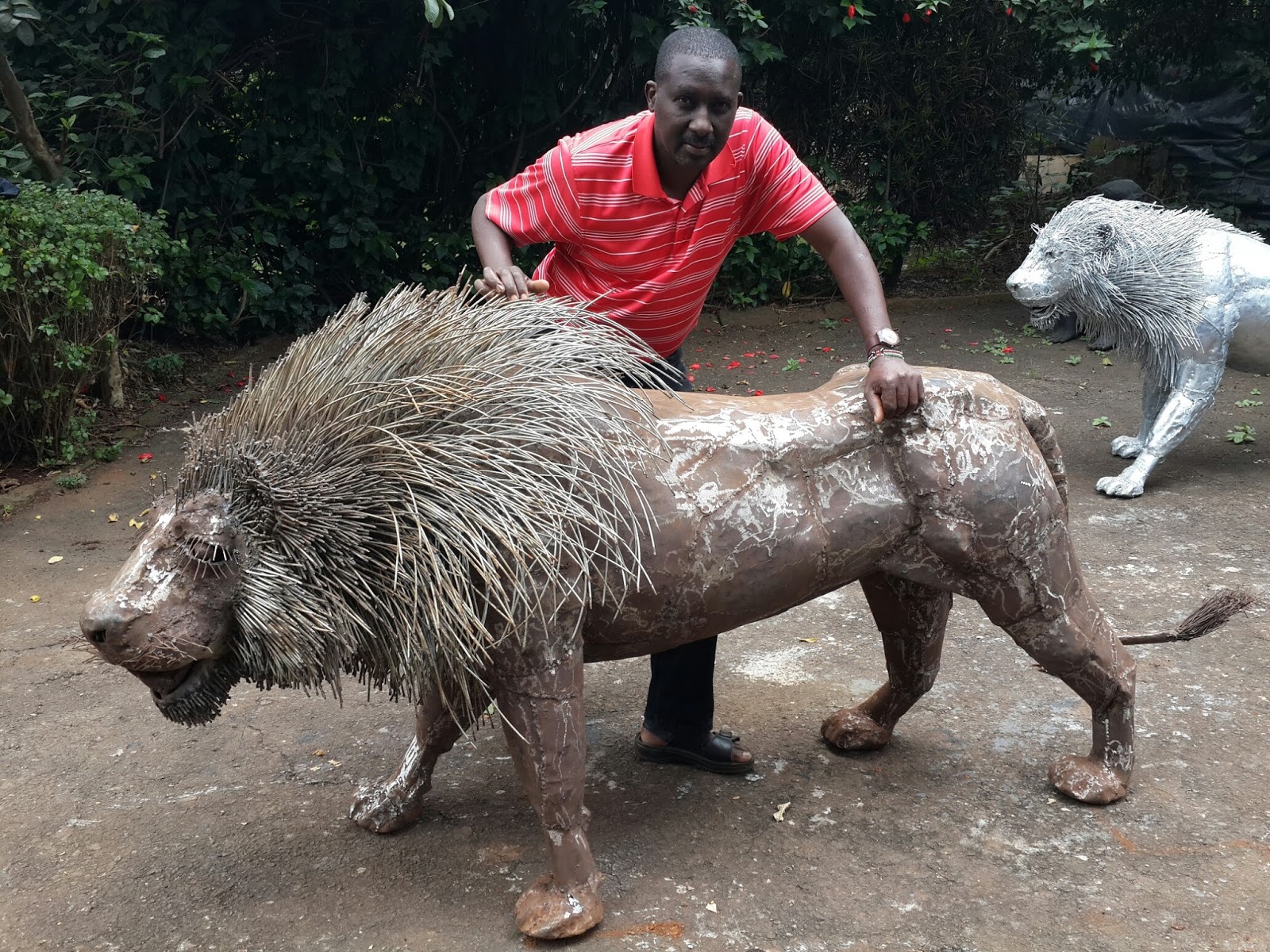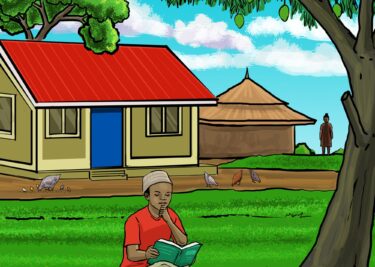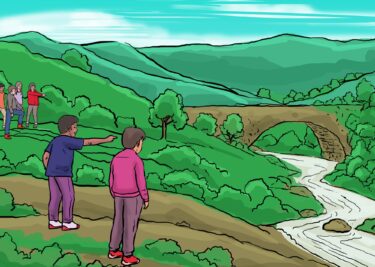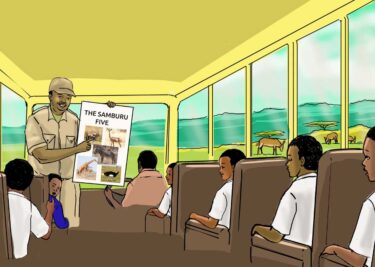Kioko Mwitiki: Scrap Metal Turned to Art
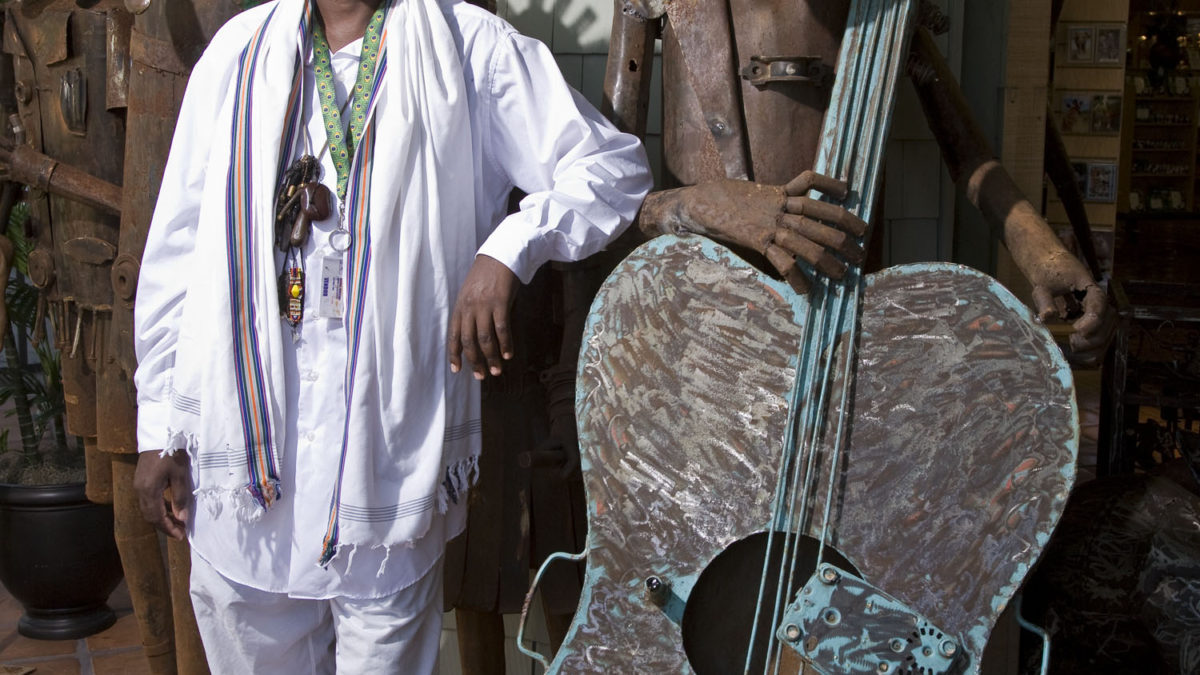
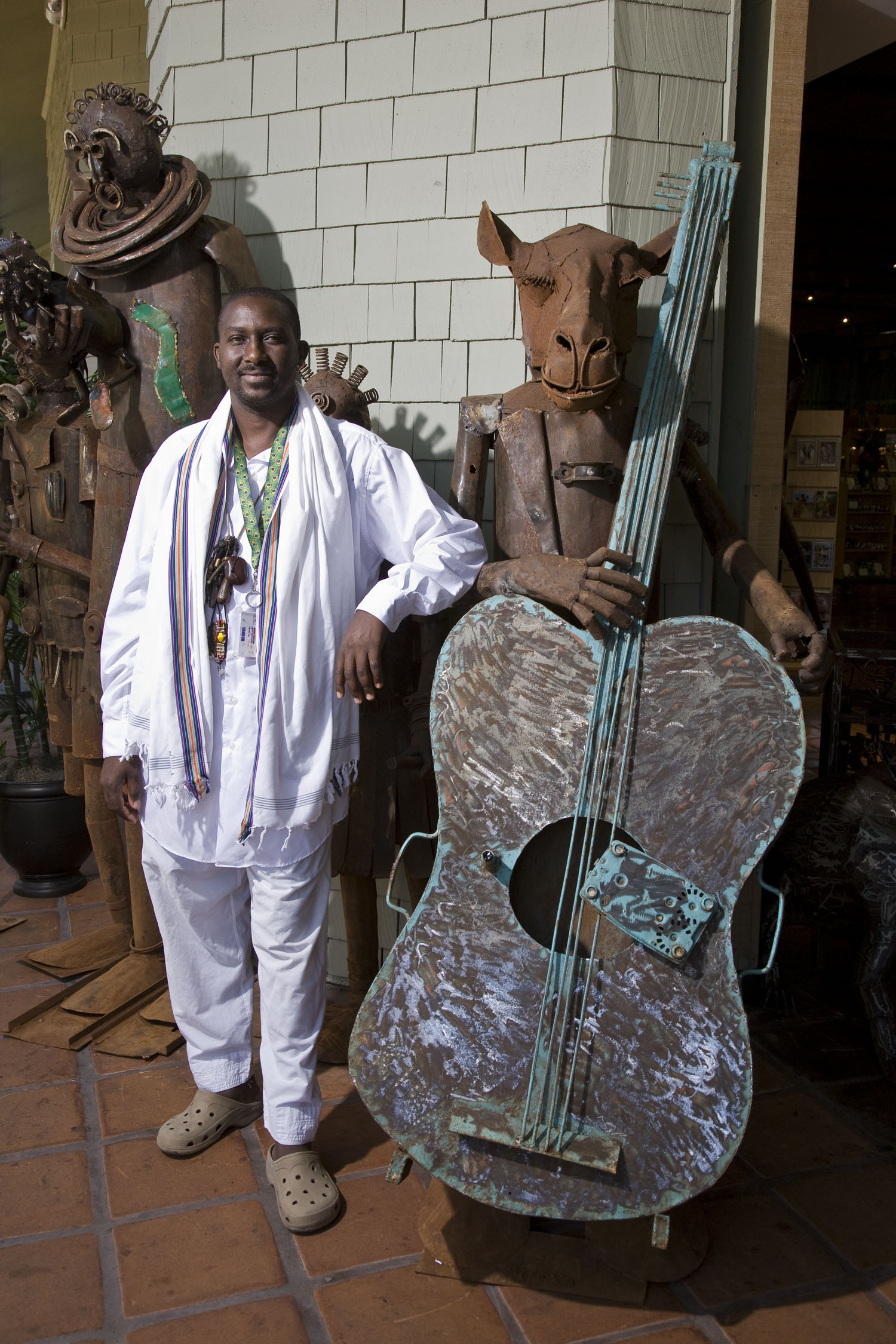
Kioko Mwitiki
Welding is a sculptural process that entails the joining of metals or thermoplastics. This work hasn’t always been considered to be a form of art, rather it was previously seen as jua kali work that was a fusion of hammering and bending metals with a welding machine. It wasn’t until sculptures created by artist Kioko Mwitiki started to attract art investors that we began to consider this unique process a form of art. According to Kioko, “welding is like a brush. It is a means of expression that often starts from a sketch.” He is an established artist and mentor to many, and his work remains inspired by his childhood and his country.
As a young boy living in Kajiado, tradition was ingrained in Kioko early in life. He spent his weekends tending to his family’s livestock and found time to explore the plains surrounding his family home. There, in his little adventures, he would come across various animals, all different, all interesting in his young mind.
Later, he joined Kenyatta University to study fine art. However, his time in campus came to a brief halt when he and other students were suspended in 1985. The reason was that they were suspected to be part of the Mwa Kenya activist group. Eager to get away from the capital, Kioko moved to Nakuru and was hired as a welding apprentice at the Nakuru Aluminum Works. It was a learning process for the art student who even made use of his work breaks, further practicing his welding technique from scrap metal available. One afternoon, a client walked into the workshop and asked to buy one of Kioko’s ‘leisure’ pieces. He knew at that very moment that there was an opportunity for him to start a small biashara. He eventually returned to KU and completed his degree in 1986.
When the 90s rolled in, Kioko’s metal sculptures had improved. His first larger metal pieces were inspired by the wildlife he saw as a young boy in Kajiado. With time, he used his ability to weld to communicate various issues present at the time, such as ethnic clashes, land mines and the stalled constitution reform talks. In 1994, his artistic work earned him a position within the Land Mine Project – an exhibition that toured through East Africa. This time, he delved deeper into showcasing how the second World War had affected Kenyans. By the end of 1995, Kioko’s efforts had been recognized, his art acknowledged as powerful. The following year he set out to open his first gallery and workshop – the Pimbi Art Gallery. Like most of his artwork, the gallery name was inspired by the Rock Hyrax – a small mammal prominent in the Tsavo region of Kenya.
With time and continued success, Kioko wanted to do more. He had started mentoring upcoming arts and wanted to provide a place where they could exhibit their work. Kioko acquired a space in Lavington and opened the Kioko Mwitiki Art Gallery. This gallery has elevated Kioko’s name in Kenya’s art scene. The interior that consists of plain white walls displaying framed art pieces and Kioko’s incredible sculptures is a haven of modern art.
Kioko Mwitiki – we salute you for the work of your hands and for nurturing those that hope to follow in your footsteps.
#KeCrafters
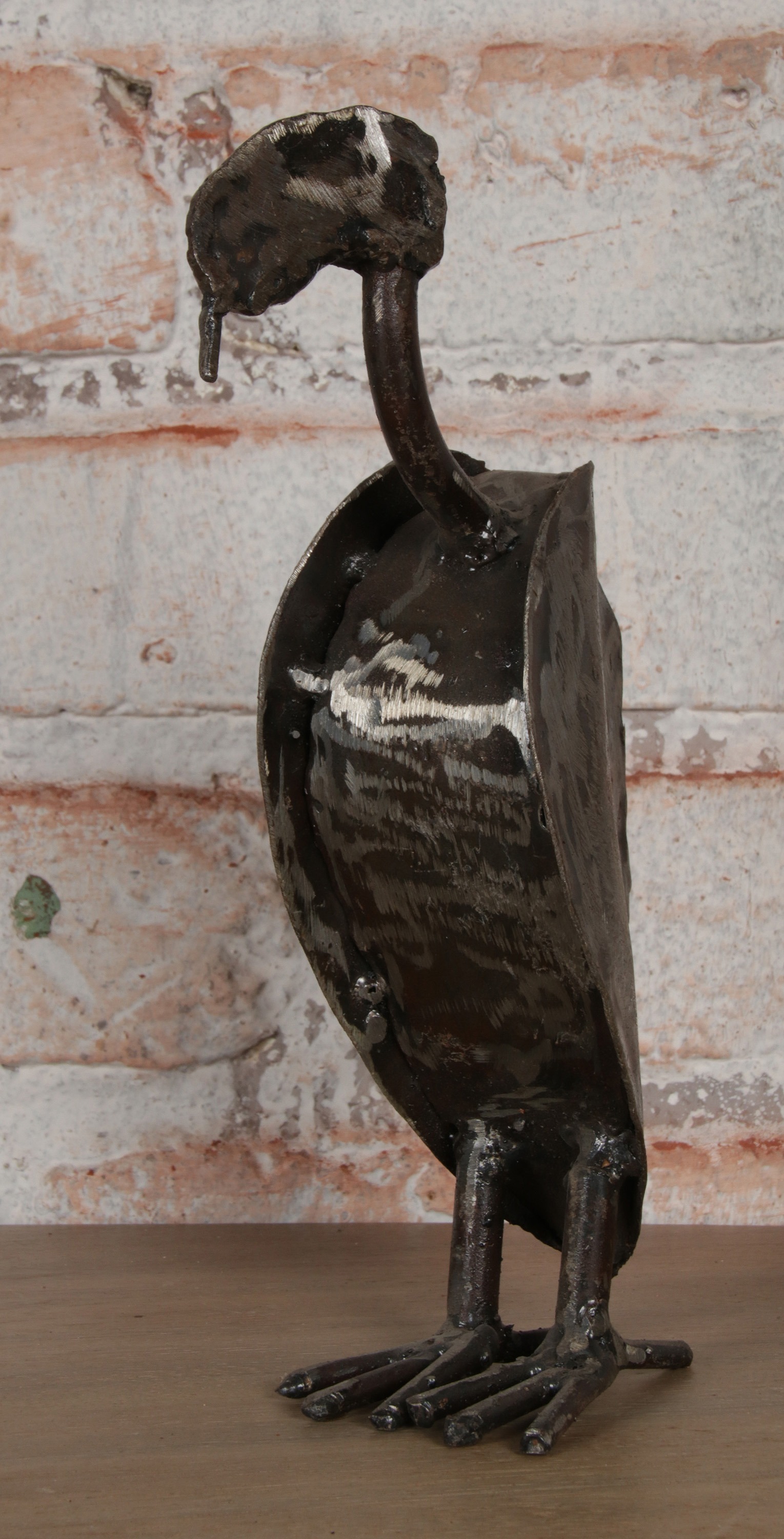
Kioko Mwitiki Art
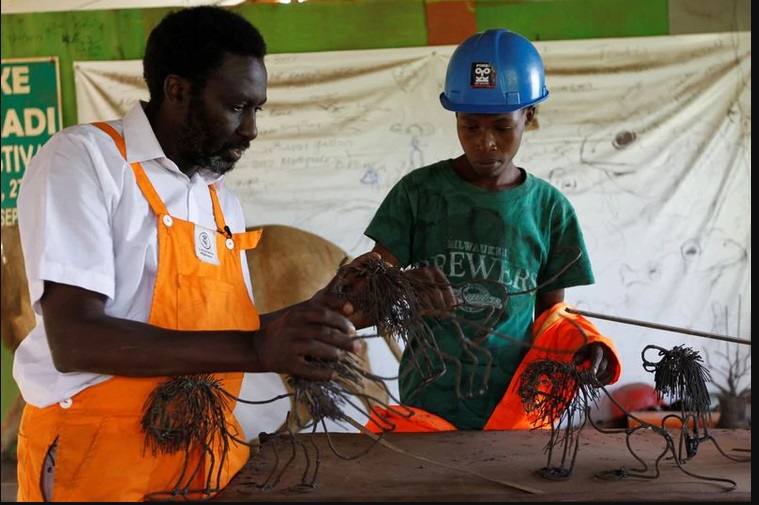
Kioko at work

